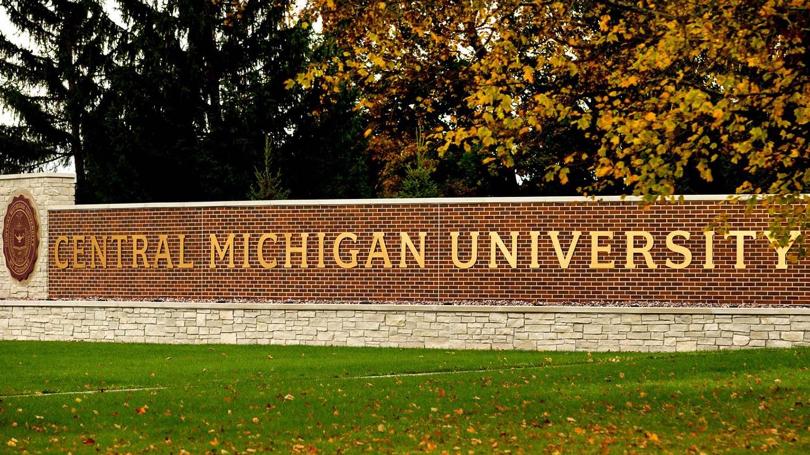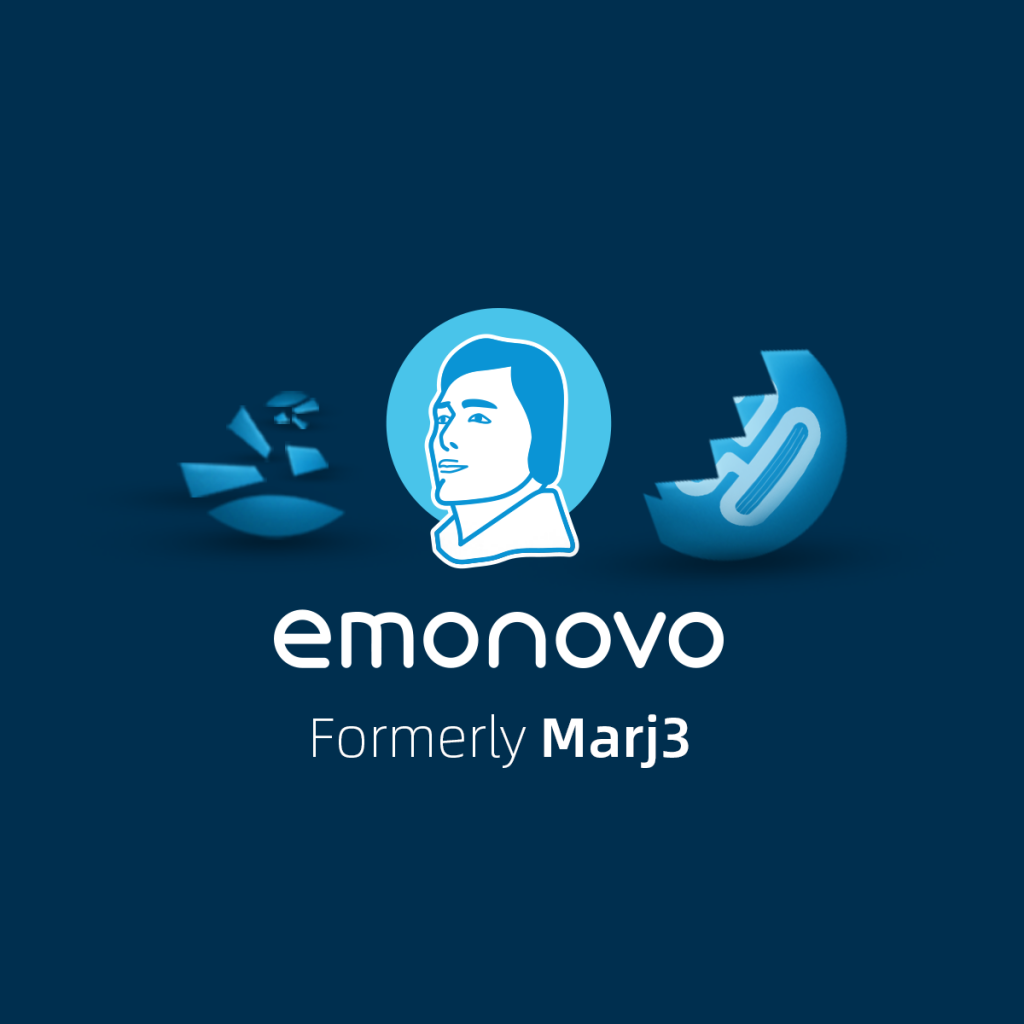Business & Management, Health Management
North America, United States of America (USA)
Study abroad now Book free call
About program
The mission of the Department of the Journalism is to foster in its students the skills, values, and practices associated with professional journalism and strategic communication; to further their understanding of how those attributes intersect with local, national, and global citizenship; to demand critical thinking; to challenge them to be the creators of and leaders in a constantly changing communication environment, and to fully engage with diverse audiences.
Enrollment, Retention, Graduation, and Placement
CMU’s Department of Journalism is one of only two nationally accredited mass communications programs in Michigan. As part of the standards issued by ACEJMC (Accrediting Council on Education in Journalism and Mass Communication), retention, graduation and placement information is to be made available to the public on this website. Most of the information is compiled by CMU’s Office of Institutional Research and represents the best available data for each category. The placement category represents a combination of department-gathered information as well as the university’s graduate survey. The department information includes email surveys, Facebook and LinkedIn profiles, and notes to faculty.
Number of majors
In Fall 2019, the department had 250 majors across its four sequences. Those include advertising, journalism, photo-journalism, and journalism-public relations. In addition, the department has about 70 journalism minors and 80 advertising minors. The program also serves as a key interdisciplinary partner in the Integrative Public Relations program, the Multimedia Design program, and the Public Affairs program. The number of majors has dropped slightly in the last year. While advertising is the largest major, it numbers have lessened, and journalism has risen. Next in numbers is photojournalism followed by journalism, photojournalism, and journalism-PR.
Retention and graduation rates
The department’s persistence rates are highlights. Persistence is defined as the percentage of students who return the next year to continue their studies. The second-year persistence rate in our majors for 2017-2018, the most recent academic year available, is 95.9 percent, 10% higher than the university average. The 3-year persistence rate for the 2016-2017 cohort was 80%. This is the same as the university, but Journalism recognizes that we must continually strive to improve those percentages.
The department has consistently exceeded both the university and college in graduation rates, defined as how long it takes a student to graduate. The latest available information, for the cohort year of 2015-2016, shows 65.3 percent of department majors graduated in four years after signing their majors. This number has been rising slightly over the years and is 5% higher than the university average. The department’s No. 1 priority is to graduate students on time and prepared to begin their mass communication careers.
Placement Data
To assess placement, the department surveys faculty members and recent graduates, as well as looks for publicly available information on career-related announcements involving journalism graduates. Faculty members are surveyed because they frequently are in touch with recent students about their career aspirations and serve as references, etc. The latest available placement data, which covers the 2018-2019 academic year, is that 88 percent of department majors who graduated in December 2018 or in May 2019 were employed, in graduate school or in a situation they favored. Eight percent reported looking for full-time work or being in jobs not related to their fields of study. The remaining percentage reported in being in “other” situations. Recent graduates have gone everywhere from producing content for a cannabis marketing company to advertising agencies in Grand Rapids to a variety of news positions in Lansing, Detroit and other locations, mostly in the Midwest.
Student Focus
The department and its faculty are student-focused, with student success being the top priority. This is accomplished in a variety of ways:
* Hands-on Advising: The unit’s faculty and staff provide hands-on attention to students, working with them individually through personalized academic and careers advising to enable them to discover their aspirations and strengths.
* Committed Faculty: Journalism faculty members bring to the classroom years of combined professional experience across a variety of media-related disciplines. They provide students with essential insights into specific careers and contacts throughout the media industries. They also update curriculum on a regular basis, introducing new courses and working with students to build their brands and their entrepreneurial ability.
* Internships and Career Placements: An academic adviser works specifically with students on internships and career placements, liaising with alumni and employers to obtain high-caliber internships for students and jobs for emerging graduates.
* Relevant experiences: Students can engage in extra-curricular activities such as workshops and conferences run by professional organizations. They also can engage in co-curricular activities such as the Grand Central e-zine practicum and work on Central Michigan Life, the campus student publication. The department provides monetary support for student travel to conferences such as the Society of Professional Journalists’ Mark of Excellence Awards competition, the AdFed competition, and the Michigan Press Association, Michigan Press Photographers Association, National Press Photographers Association, and the Online News Association conventions.
* Awards and Scholarships: The unit offers nearly $40,000 in awards and scholarships to students in the program and hosts an annual Awards and Scholarships Luncheon to honor award-winning students.
* Open-door policies and 24/7 availability: Faculty are always available to students via email, phone calls and on-campus presence. The chair has an open-door policy and readily responds to student calls.
Program details
Degree type
Bachelor
Specialization
Journalism, Journalism & Media
Study type
Full time
Delivery mode
On-Campus
Program duration
4 years | Full time
Tuition fees
/year
Intakes
August, January
Study language
English
Program structure
The Journalism Department requires that ALL graduating seniors take an exit exam prior to graduation as part of the department’s assessment effort.
Total: 42 semester hours Please note that JRN 339WI, JRN 348WI, JRN 417, JRN 440, JRN 441 are offered mostly in the fall while JRN 423, JRN 445 and JRN 516WI are offered mostly in the spring semester.
Select one of the following:
JRN 101 Media and Society 3 hours
JRN 102 Introduction to Journalism 3hours
JRN 202 WIWriting for the Mass Media 3 hours
JRN 203 QRInformation Gathering for the Mass Media 3 hours
JRN 220 Basic Media Photography 3 hours
JRN 312 WIReporting 3 hours
JRN 315 Editing 3 hours
JRN 340 Introduction to Digital Journalism 3 hours
JRN 404 Law of Mass Communication 3 hours
Select one of the following:
JRN 372 The Asian Media and Cross-cultural Mass Communication 3 hours
JRN 380 Racial and Cultural Diversity: Mass Media’s Role 3 hours
Select one of the following:
JRN 448 Journalism Practicum 1-3 hours
JRN 449Journalism Internship 3 hours
Select one of the following:
JRN 445 Multimedia Reporting Capstone 3 hours
JRN 500 Current Issues in Mass Communication 3 hours
Select from the following:
OR another JRN course as approved by the advisor.
JRN 250 Social Media: Managing the Message 3 hours
JRN 302 Introduction to Graphics and Visual Communication 3 hours
JRN 339 Social Media: Reputation, Image and Interaction 3 hours
JRN 375 Digital and Social Media Analytics 3 hours
JRN 417 WISports Reporting 3 hours
JRN 423 Online Visual Storytelling 3 hours
JRN 430 WIMagazine and Feature Writing 3 hours
JRN 440 Advanced Digital Journalism 3 hours
JRN 441 Data Journalism 3 hours
JRN 516 WIPublic Affairs Reporting 3 hours
JRN 597 Special Studies 1-6 hours
English requirements
Only one is required
TOEFL-IBT
79/120
TOEFL-ITP
550/677
IELTS
6.5/9
PTE (Pearson)
53/90
Scholarships
* Awards and Scholarships: The unit offers nearly $40,000 in awards and scholarships to students in the program and hosts an annual Awards and Scholarships Luncheon to honor award-winning students.
Want to learn more before applying?
We can help you to find out if you’re qualified to this program and give you all information you need about this program. All For Free
Similar programs

Tuition fees
/year
Program duration
4 years | Full time
Delivery mode
On-Campus
Need help?
Preview this program in
Similar programs

Marj3 became Emonovo. Read announcement 📣
Note: The scholarship database is no longer available on Emonovo.